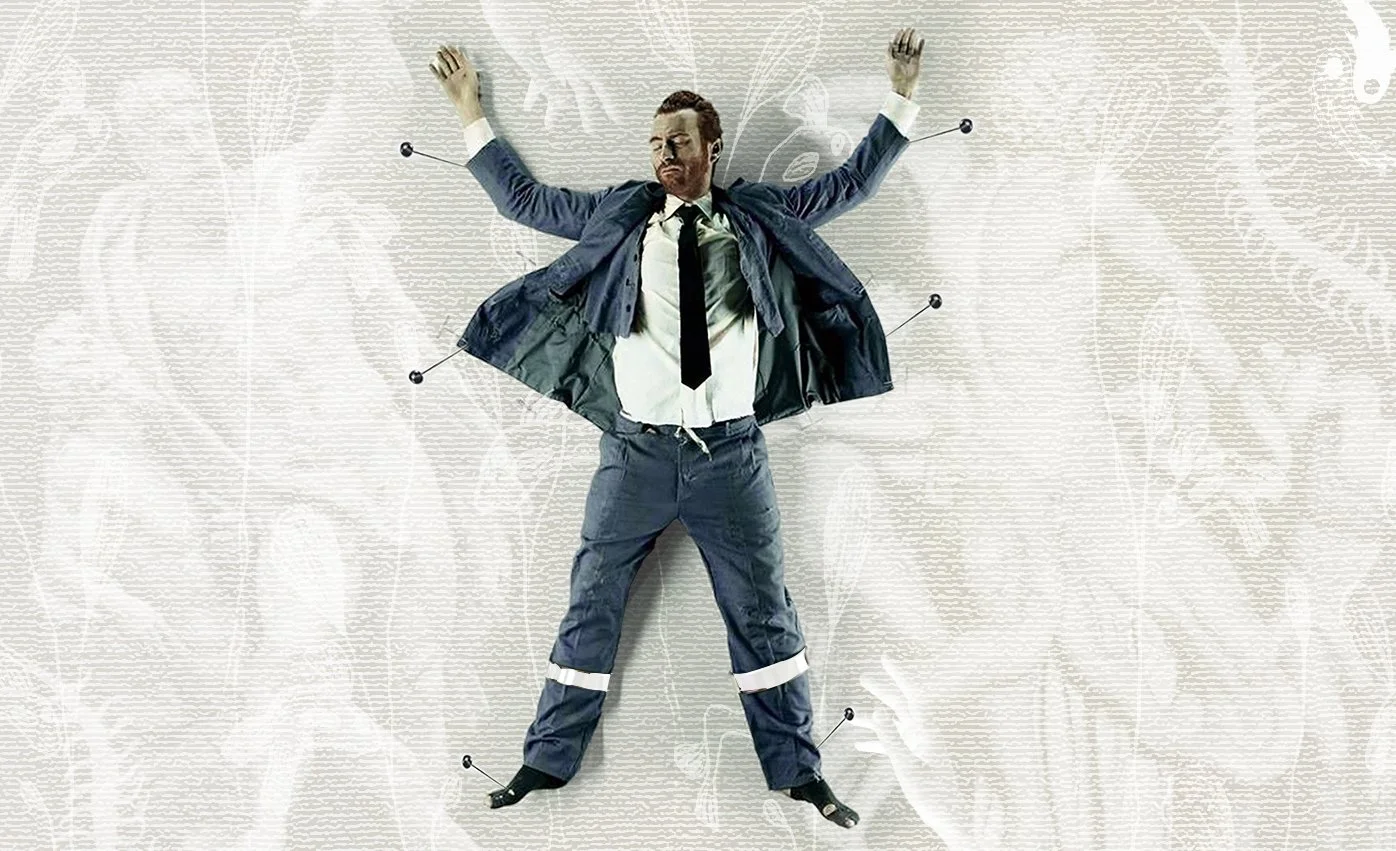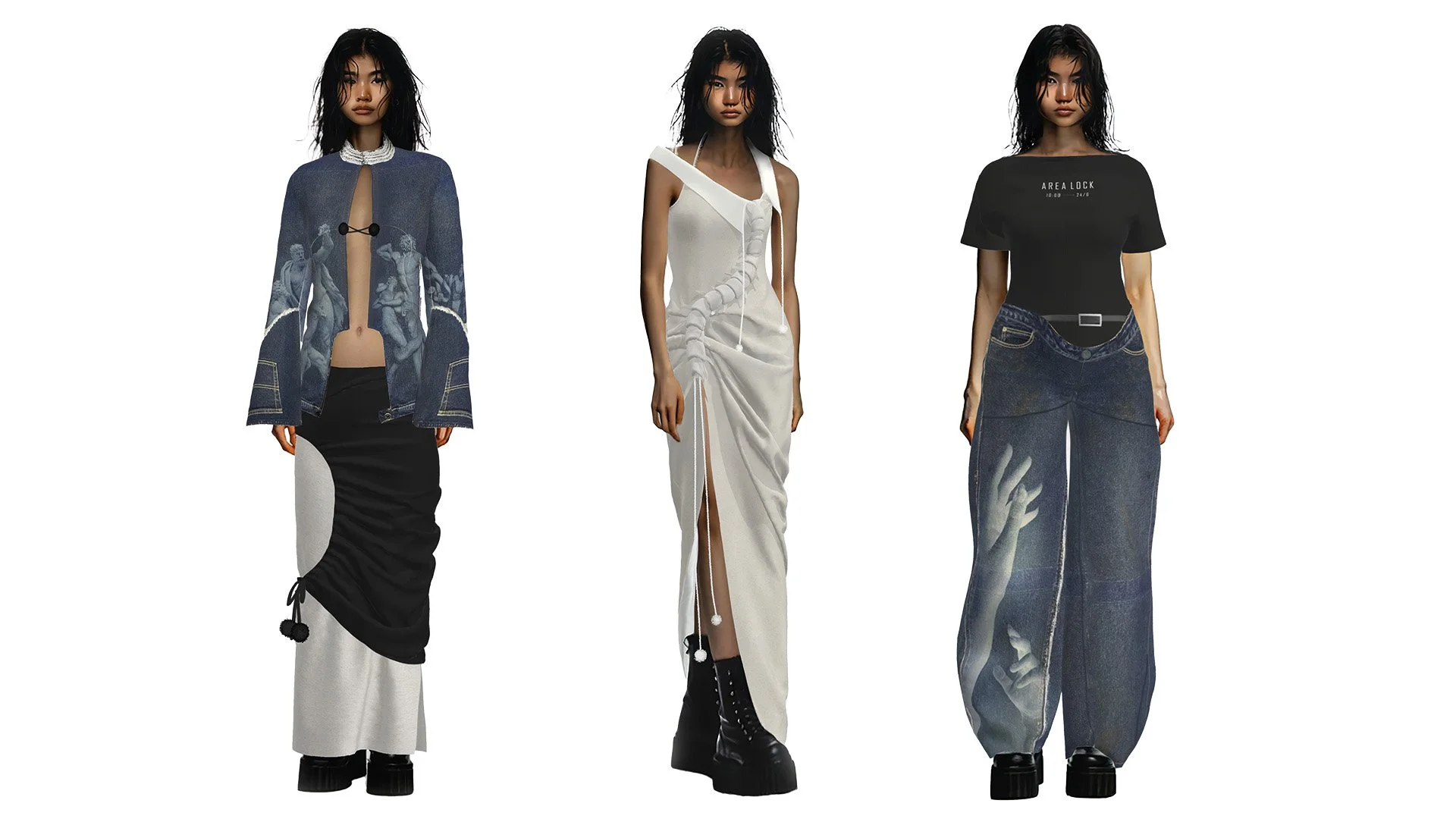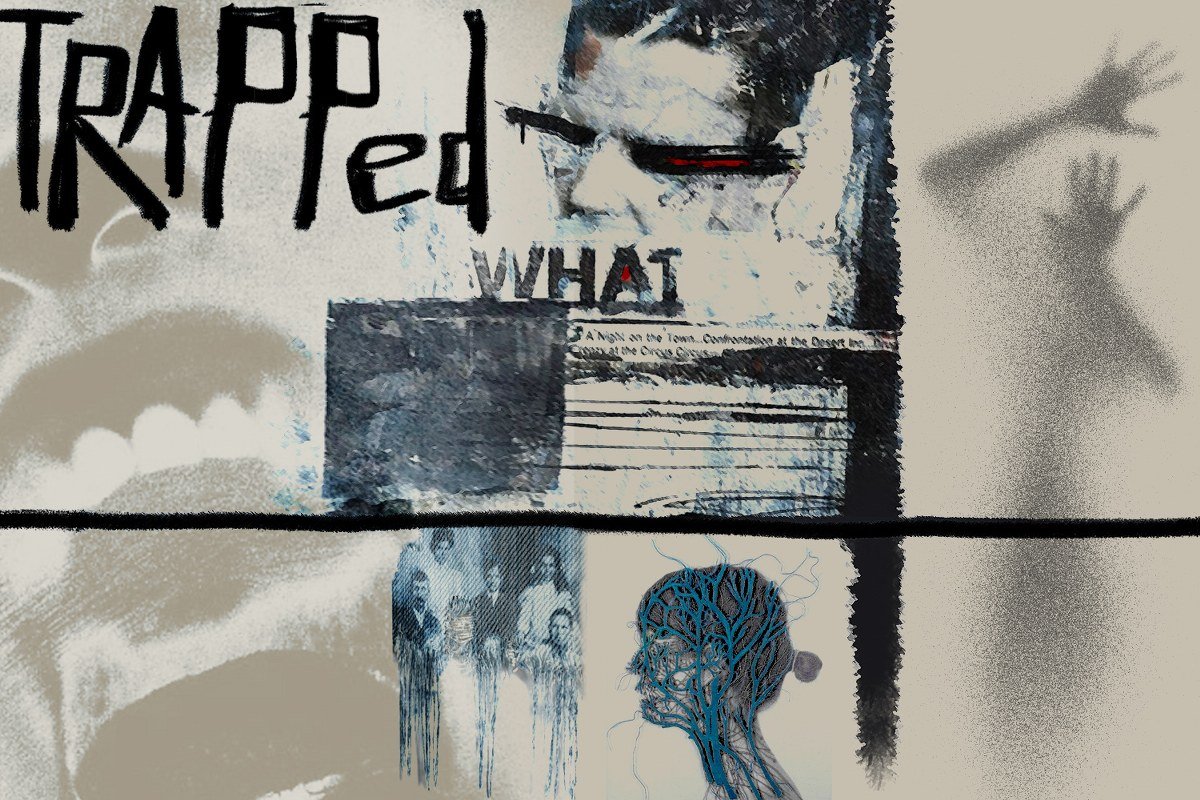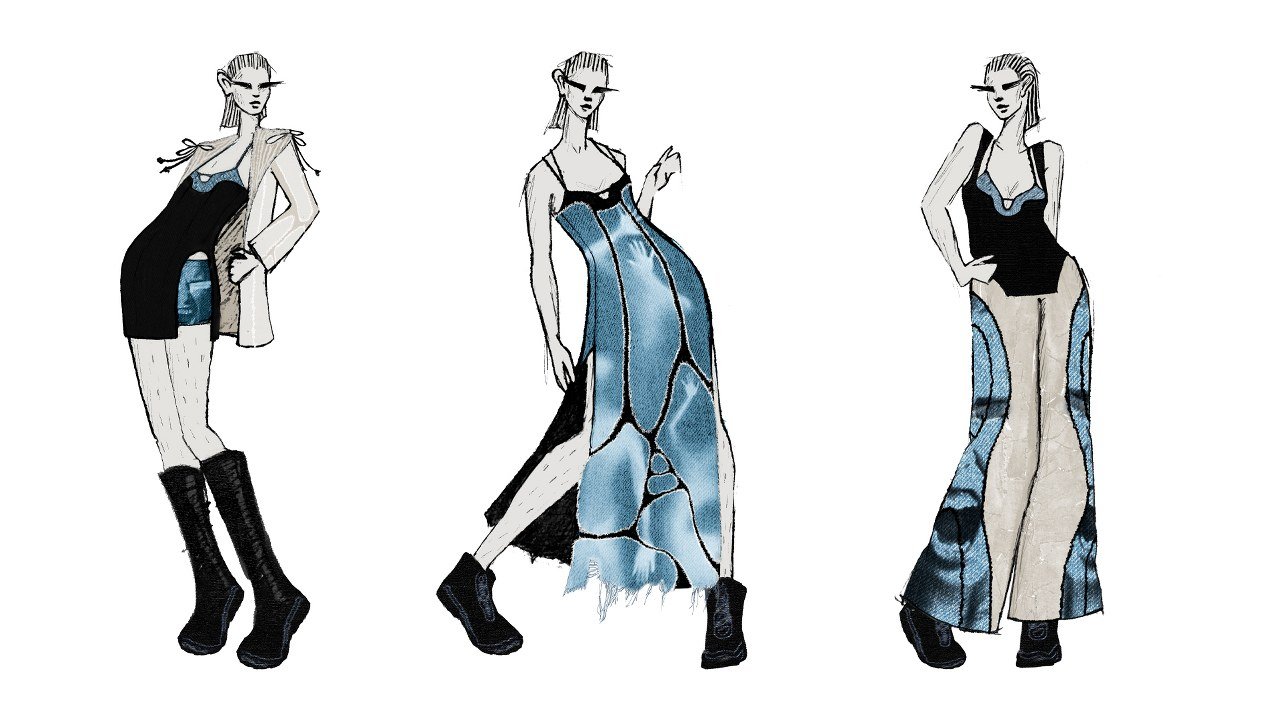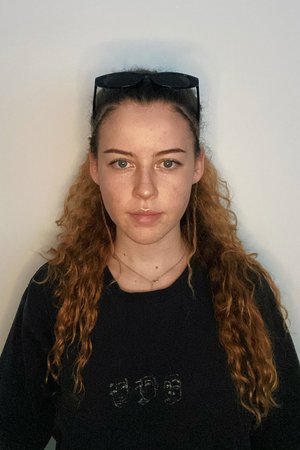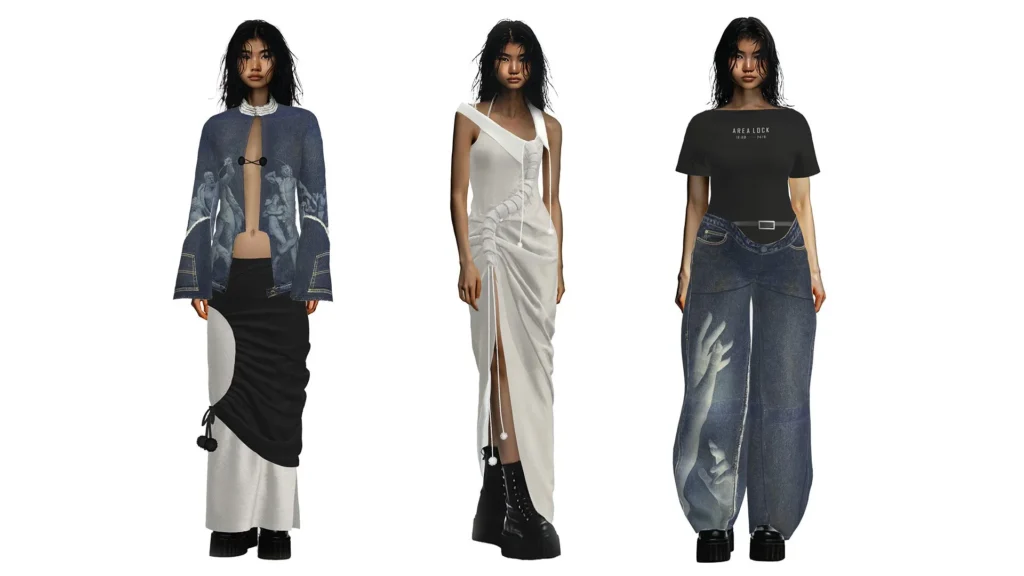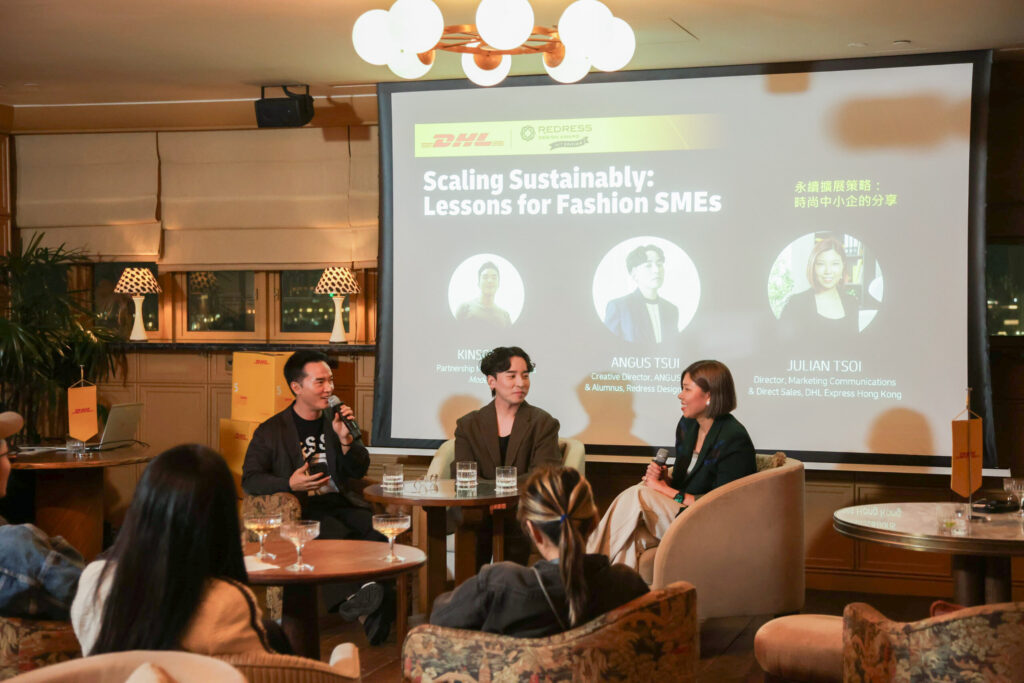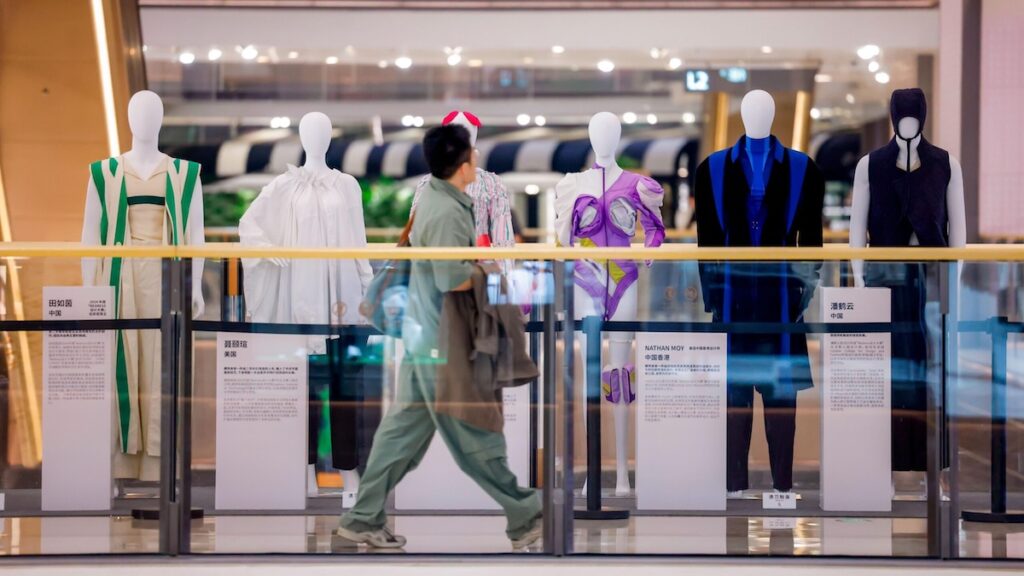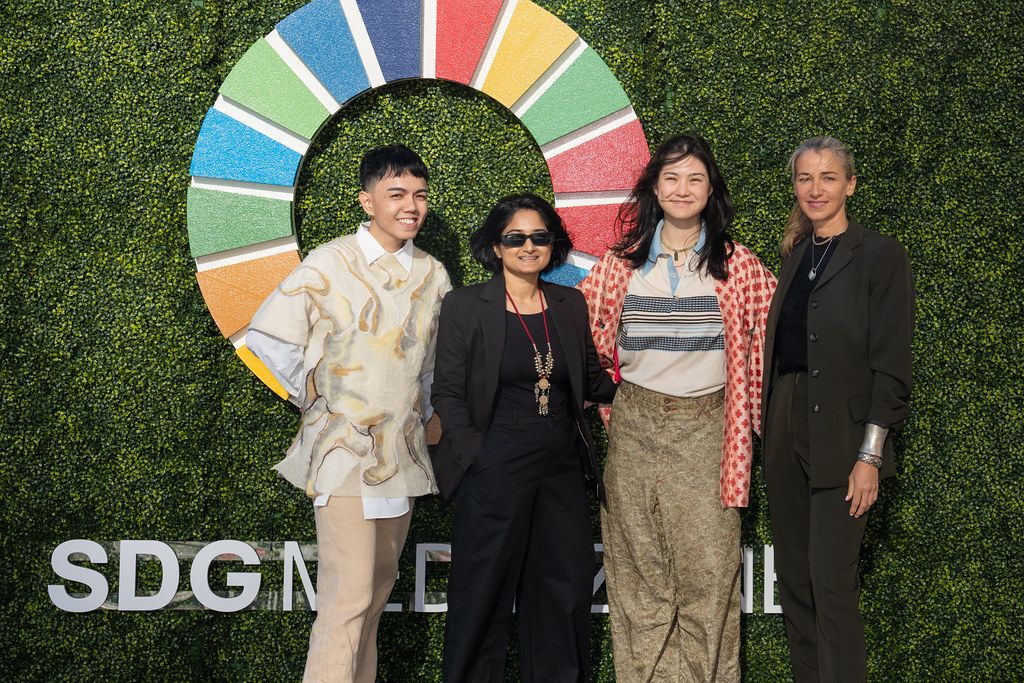Redress Design Award Collection
Louise’s Redress Design Award collection, ‘DISSECT’, explores pulling things apart, examining with playful curiosity, and reconfiguring whilst honouring origin. The collection features modular garments that offer versatility with multiple ways of wearing, and uses textile waste made from 100% natural fibres, avoiding synthetics and thereby avoiding microplastic pollution. Damaged mining pants are de-branded and reconstructed into new styles whilst maintaining their existing strong features, and a shirt is designed with zero waste. All prints are etched digitally with laser, minimising dye and energy waste.

